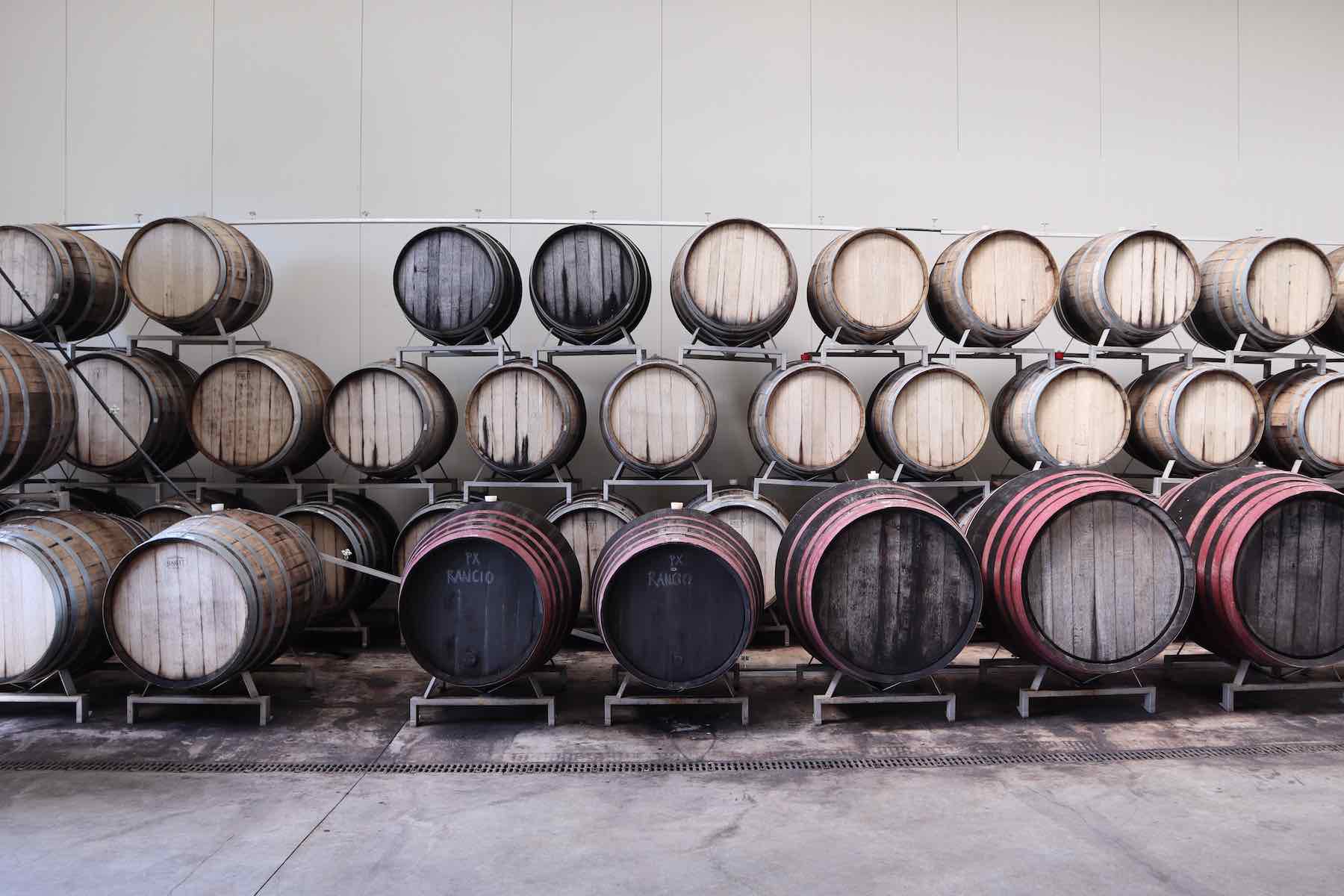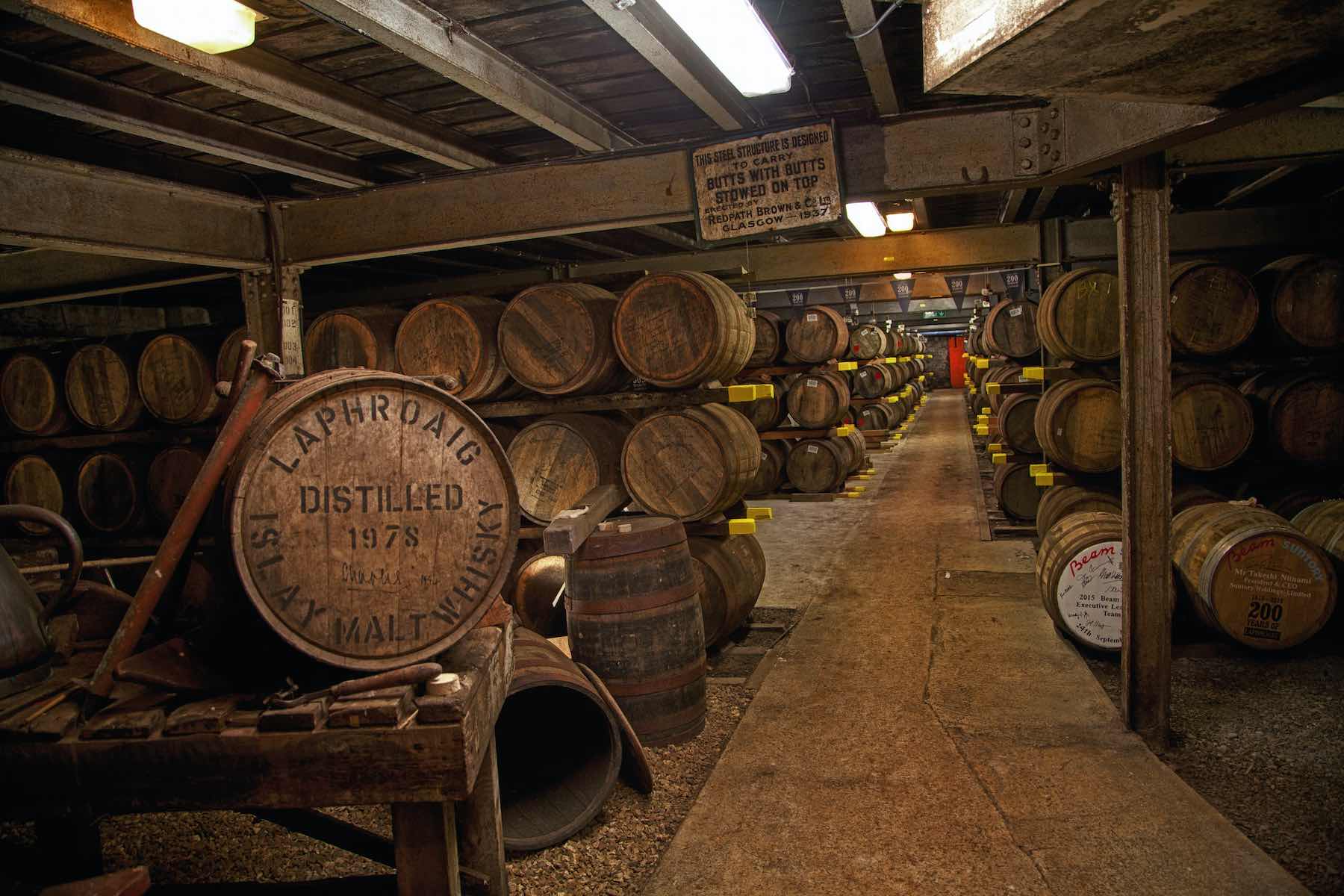
What is re-racking and why is it used for whisky casks?
Sometimes whisky matures in the same cask for its entire maturation period. But, it doesn't necessarily have to. There are instances, not uncommon instances, where one may take a whisky from its original cask and move it into a second cask. This is known in the industry as 're-racking'. There are four main reasons why one may re-rack a whisky
- Due to damage to the original cask
- To enhance flavour
- To balance flavour
- To experiment
Let's comment on each.
Re-racking a damaged cask
Whisky casks are made from oak, as you likely already know. Sometimes that wood can have failures in it, for example, small cracks or gaps may appear over time as the wood ages, contorts, or perhaps deteriorates. Sometimes the cask may simply become damaged, perhaps as it's moved around the warehouse. Clearly, a damaged cask is a bad thing. Leaks are bad. So in such situations, a warehouse keeper may choose to take the whisky from the faulty cask and transfer it to a new, undamaged cask, where it can continue to age safe from leaks.
Re-racking a whisky cask to enhance flavour
The most common cask type on the market are old bourbon casks. The American industry, by regulation, is only allowed to use their wooden barrels once. And given there's still life in them, they're shipped over to Scotland where they're filled with scotch.
There are some fantastic ex-bourbon whiskies out there, and where you have a quality underlying spirit an ex-bourbon cask can be a classic way to let the spirit shine. But there are also some more mundane ex-bourbon whiskies, perhaps where the cask has already been used a few times and the cask-influence is waning.
For whatever reason, one can choose to re-rack from the original ex-bourbon cask into a second cask. This is usually something a bit more unique or interesting. Examples might include sherry, port, wine - or even more exotic examples like beer and rum. These secondary casks add further layers of flavour on to the whisky, enhancing its character. In other words, they make the whisky even more delicious!
Re-racking to balance flavour
Let's say you have a whisky that was filled into a virgin oak cask. This super fresh cask will impart a lot of flavour, quickly. A good thing. But, you're unlikely to want to leave your whisky in that virgin cask for too many years. It will become too woody, too tannic; and is at risk of being over-powering in just one dimension.
So, in such cases, you may want to re-rack the cask to balance flavour. You may move to a less active cask. Or a complimentary cask that will balance out the flavour by adding missing notes. This creates a rounded, balanced, and delicious whisky.
Re-racking to experiment
This is perhaps the most fun use case. Small casks or large casks. Classic flavours, or new exotic flavours. Once you have a stable base character, re-racking whiskies into a second cask can be a fantastic way to experiment with flavours and create a whole other character. This is particularly common for larger whisky brands. They may have established, recognisable, flavour profiles - but who want to try something new - a departure from their usual style. And for independent bottlers - who want to bring something unique to whisky lovers.
Learn more about whisky casks
If you'd like to learn more about whisky casks, you may find our free Whisky Cask Guide interesting. And if you'd like to explore owning whisky casks, so that you can have fun experimenting with flavour, then we'd be pleased to help. You can contact our whisky cask experts here.



